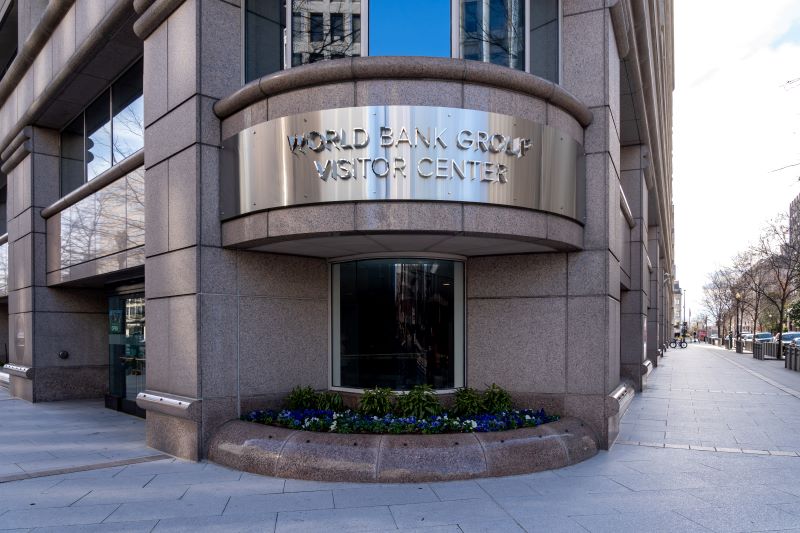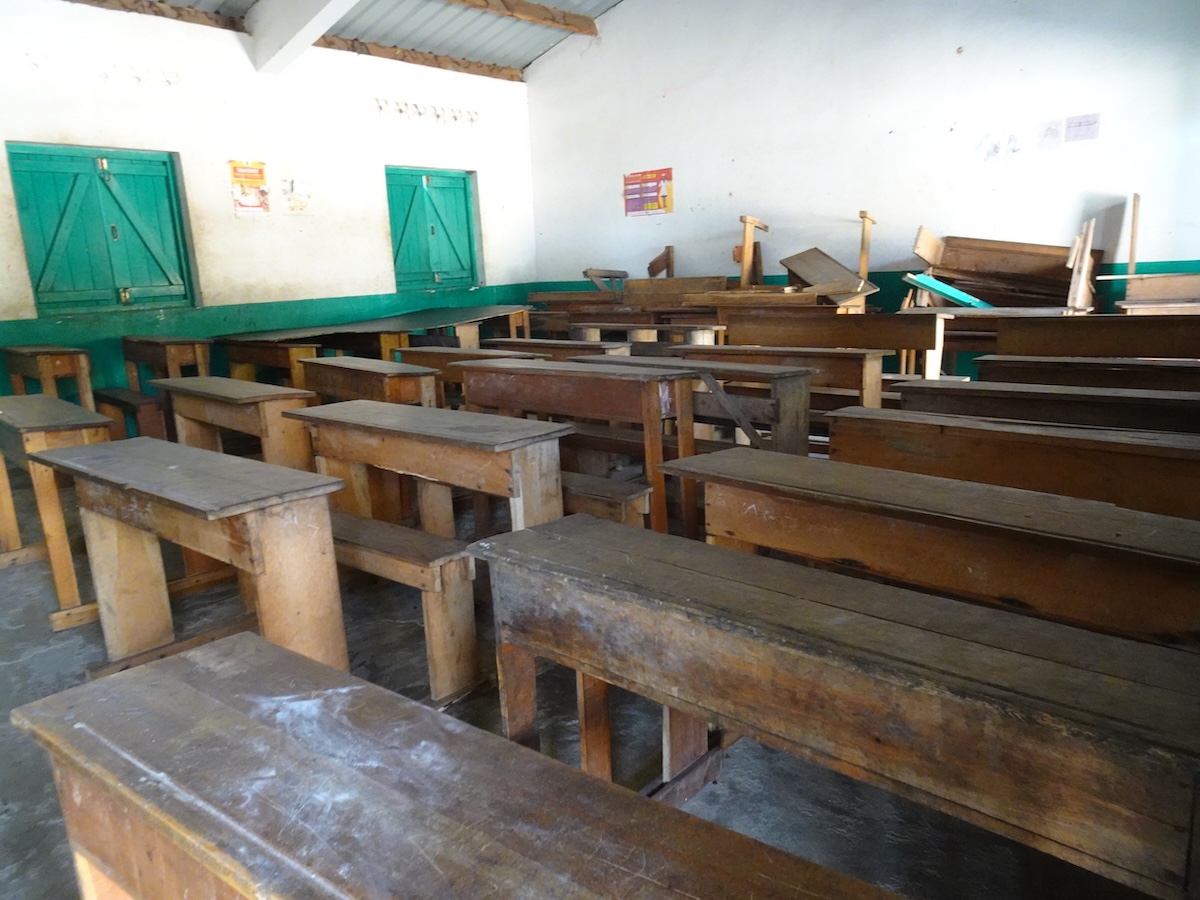Recommended
As the largest international source of education financing, the World Bank funds a wide range of activities, from school construction to international assessments. Specifically, 602 education projects approved between 1998 and 2017 have financed 139 different types of activities, as per the Bank's internal classification system. Often, a single project encompasses a variety of activities across different thematic categories. The median World Bank education project involves 18 distinct types of activities, typically ranging from investment in direct inputs in the education system to administrative support. Formally, the determination of the scope and selection of these activities follow a standard process that includes consultations with borrowers and the formation of a project task team. Ideally, the main focus of a project is guided by the Country Partnership Framework which is supposed to align the Bank’s support to a member country with the country’s development goals. However, there is usually a significant room for discretion in deciding what a project actually finances in the form of specific activities.
A mix of core investments and crosscutting activities
A typical World Bank education project often includes core investment activities such as facilities construction, curriculum development, textbook production, or teacher training. At the same time, a project could include investment in crosscutting activities related to equity and inclusion or ancillary spending in institutional development and capacity building. Nearly nine out of 10 education projects involve activities related to policy and system administration, which almost always complement core investment in other areas (Fig 1). Specifically, two-thirds of projects include at least one activity related to curriculum and textbooks or facilities, underscoring the focus on direct educational inputs.
Figure 1: The share of education projects containing at least one activity classified under 11 main categories (1998-2017)
Some correlation between project objectives and types of activities funded
In principle, the activities funded by a project are supposed to be derived from the project development objective. However, since World Bank education projects often encompass multiple themes in their objectives—such as access, quality and learning outcomes—it is not always straightforward to map specific objectives to specific activities. But, it is possible to calculate the relative increase in the share of a specific category of activities attributable to the presence of a particular thematic objective. I use "access", which is the most common type of thematic objective for World Bank education lending, as a reference category for this analysis. For example, projects with a focus on learning outcomes feature 61 percent more activities related to learning assessment and examinations than projects focusing on access (Fig 2). In contrast, projects focusing on access place a greater emphasis on facilities-related activities than those focusing on quality or specific educational outcomes.
Figure 2: A focus on learning outcomes means more activities related to assessment whereas a focus on access is associated with more investment in facilities
Note: The bars represent the relative increase/decrease in shares of activities associated with a given objective (i.e. quality, attainment or learning outcomes), relative to access.
Task Team Leaders might hold disproportionate sway over the choice of activities
A key distinction between the World Bank and traditional commercial lenders is that the focus and content of World Bank projects are shaped as much by the Bank itself as by the borrowing entities. The World Bank’s directive for Investment Project Financing mandates the formation of a task team during the early stages of project identification. This team works closely with relevant parties within borrower governments to develop project specifications. While the general direction and primary objectives of a project typically align with the borrowing government’s policy priorities, the specific design often falls under the purview of World Bank personnel. Consequently, the Task Team Leader (TTL) wields significant influence over critical decisions, ultimately shaping the project's identity, structure, and outcomes.
Figure 3: Identity of the World Bank Task Team Leader can explain the composition of education projects as well or better than the country the projects are located in.
Note: The graph displays the results of a basic ANOVA analysis, which breaks down the variance in the proportion of activities under each category potentially attributed to TTL, country, and year fixed effects. The analysis is built upon TTL data compiled from project appraisal documents for a total of 776 projects involving 419 individual TTLs. To differentiate between country and TTL effects, I only used projects overseen by TTLs who have worked in at least two countries. As a result, the final dataset consists of 489 projects and 143 TTLs.
** and * denote that the TTL effect is statistically significant at 1% and 5% level, respectively.
To what extent can the identity of the TTL explain the variation in the composition of project activities? To answer this, I analyzed the association between the TTL's identity at the approval stage of an education project and the choice of activities financed through the project for 489 projects. The findings reveal that the TTL's identity could account for a significant portion of the variation in the shares of project activities related to “equity and inclusion”, “curriculum and textbook”, and “management information and data” (Fig 3). For example, the TTL's identity can explain 43 percent of the total variance in activities categorized under "equity and inclusion," compared to 23 percent explained by the borrowing country and 27 percent by other unaccounted factors. In contrast, the TTL's influence is statistically insignificant for activities related to “teachers" and "facilities." This could be interpreted as implying that TTLs exercise more discretion over the inclusion of activities other than investment in core inputs such as teachers and facilities.
An area worthy of further research
The preceding discussion was based on a simple statistical exercise aimed at detecting broader patterns that might merit further investigation. Needless to say, the identification and appraisal of activities financed by large World Bank projects are unlikely to be driven solely by the project TTL's preferences. However, the above findings suggest that TTLs play a non-negligible role in determining the allocation of World Bank loans for education projects. Ultimately, this can be linked to the larger questions about country ownership and the balance of power between the Bank and borrowing governments. Therefore, more research is needed to examine the project appraisal process in further detail, particularly focusing on who makes key decisions regarding resource allocation and how these decisions are influenced by the distribution of power and information.
Disclaimer
CGD blog posts reflect the views of the authors, drawing on prior research and experience in their areas of expertise. CGD is a nonpartisan, independent organization and does not take institutional positions.
Image credit for social media/web: Charlotte Kesl / World Bank







